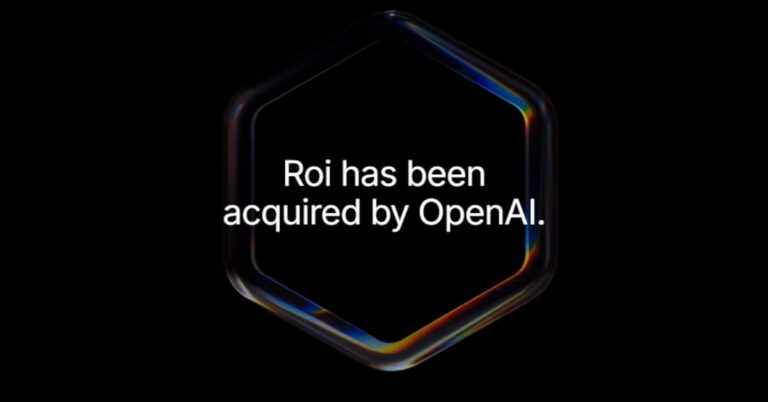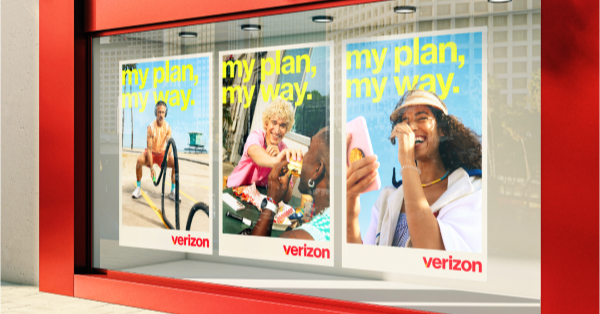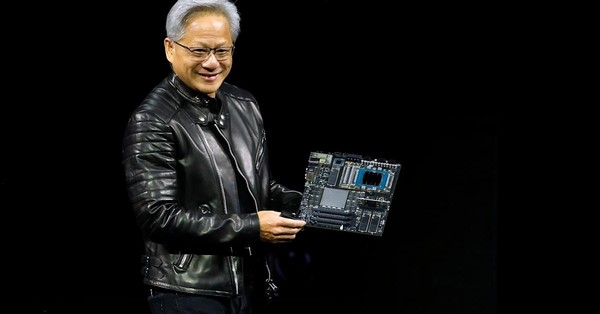OpenAI doubles down on personalized consumer AI
OpenAI’s latest deal brings in a founder with deep personalization chops and signals a broader pivot from APIs to sticky, revenue-generating consumer apps.
Inside the Roi acqui-hire
OpenAI has acquired Roi, a New York–based personal finance startup founded in 2022 that built an AI companion to aggregate and advise on a user’s full financial footprint across stocks, crypto, DeFi, real estate, and NFTs. Only CEO and co-founder Sujith Vishwajith is joining OpenAI; the four-person company will wind down service in mid-October, and terms were not disclosed. Roi raised about $3.6 million from backers including Balaji Srinivasan, Spark Capital, Gradient Ventures, and Spacecadet Ventures.
The move extends a year of acqui-hires at OpenAI, following Context.ai, Crossing Minds, and Alex. It also aligns with the build-out of OpenAI’s consumer applications team led by former Instacart CEO Fidji Simo. Recent efforts include Pulse for personalized content briefs, the Sora app for short-form AI video with user cameos, and Instant Checkout for in-chat commerce.
Why personalization is the AI moat
Personalization is becoming the moat for AI consumer products. Models are converging in capability, so durable advantage shifts to data, context, and engagement design. Roi’s approach—adapting tone, goals, and actions to each user—maps well to life management agents that curate news, orchestrate purchases, and generate media on the fly. That flywheel can lift retention and transaction volume, key for OpenAI as it funds compute-heavy infrastructure.
Bringing in a founder who has optimized user behavior at scale adds practical growth DNA. Expect tighter integration between personal context, content generation, and commerce across OpenAI’s apps. If done well, this creates closed-loop telemetry to refine recommendations while keeping user control front and center.
Implications for telecom, 5G, and edge computing
Hyper-personalized agents shift demand from sporadic queries to continuous, context-aware workflows. Nightly digests, real-time shopping assistance, and personalized video generation will increase background traffic and sensitivity to latency. For carriers, this favors distributed inference and caching at the edge using ETSI MEC patterns, GPU pools near users, and intelligent traffic steering.
Personalized commerce also raises the stakes for identity, fraud prevention, and payment reliability. GSMA Open Gateway/CAMARA APIs for number verification, device status, and quality-on-demand can become critical hooks for app builders. Operators that expose network capabilities programmatically can play upstream in the value chain, not just provide bandwidth.
Data, privacy, and regulatory requirements
Finance-grade personalization touches highly sensitive data. Enterprises integrating with consumer agents will need explicit consent flows, granular policy enforcement, and auditability across GDPR/CCPA, PCI DSS, and data residency requirements. Expect more on-device and edge privacy patterns, retrieval-augmented generation with strict access controls, and model guardrails to manage advice, suitability, and hallucination risk.
Signals and milestones to track
Watch where Vishwajith lands inside OpenAI and whether Roi’s context modeling shows up in Pulse, Sora, or new “life manager” features. Look for SDKs or schemas that standardize user preference ingestion, long-term memory, and action execution. Track experiments that blend media generation with instant purchase flows. Also watch rivals pairing foundation models with device-native signals and payments, and any operator partnerships that bundle personal AI with premium network features.
Execution roadmap for CTOs, product, and network leaders
Enterprises should treat personal AI as a new systems layer that fuses data, inference, and real-time actions.
Build the consented personalization stack
Establish a consented customer data fabric with real-time events, a feature store, and vector search for long-lived preferences. Design prompts and tools that adapt to user roles, tone, and risk profiles. Evaluate retrieval patterns that isolate financial and PII data with policy checks at query time. Instrument feedback loops to measure engagement, conversions, and safety outcomes.
Re-architect for continuous edge AI
Prepare for continuous agent workloads. Deploy GPUs and inference accelerators at MEC sites, with autoscaling and content-aware routing. Use QUIC-based transport, object storage near users, and model caching to reduce tail latency for personalized media. For premium tiers, explore 5G network slicing or quality-on-demand exposure aligned with 3GPP specifications, and integrate ETSI MEC APIs for locality-aware processing.
Monetize via connectivity bundles and APIs
For operators: bundle personal AI services with differentiated QoS, identity verification, and fraud detection, exposed via CAMARA APIs. For app providers: integrate telco identity to streamline checkout and reduce chargeback risk. Co-market “personal AI + connectivity” offers tied to secure payments and privacy assurances. Structure revenue shares on transactions, not just subscriptions.
Strengthen AI governance and risk management
Define policies for financial advice boundaries, disclosure, and user suitability. Run red-teaming and model evaluations for bias, hallucinations, and prompt injection. Enforce data minimization and purpose limitation. Maintain lineage for prompts, tools called, and outputs to support audits and dispute resolution.
Bottom line: owning the personalization layer
OpenAI’s Roi acqui-hire is less about a finance app and more about owning the personalization layer across consumer AI.
Summary and outlook for personal AI and edge
The acquisition adds founder-level expertise in adaptive, behavior-driven product design that can boost retention and commerce across OpenAI’s consumer portfolio. For telecom and edge providers, the rise of personal agents means more continuous, latency-sensitive workloads and a bigger role for network-exposed capabilities. The winners will fuse privacy-preserving data, edge inference, and seamless payments into experiences that feel uniquely tailored—without compromising trust.









































